Discover common causes of allergic reactions in dogs and learn how to identify symptoms. If you suspect your dog has allergies, visit your veterinary clinic for help. Remember, with proper care and treatment, your furry friend can lead a happy, healthy life!
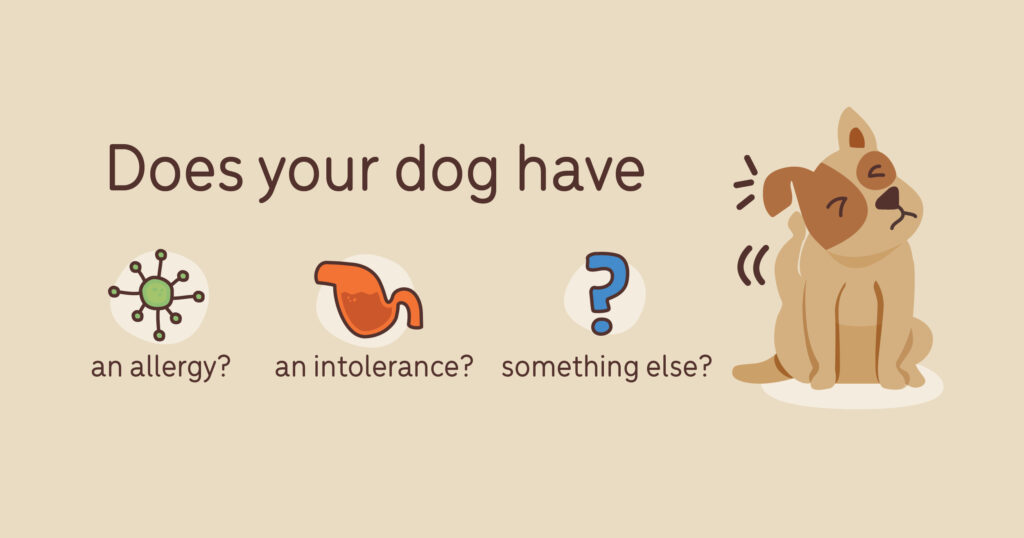
Types of Allergies
- Allergies in giant breed dogs can manifest as:
- Food Allergies
- Atopic Dermatitis Environmental Allergies
- Flea Allergies
- Contact Allergies
- Inhalant Allergies
- Acute Allergic Reactions
- Medications
- Insect Bites/Stings
- Household Chemicals
- Perfumes and Fragrances
- Certain Plants
Treatment
Here’s an overview of how allergies are treated in giant breed dogs:
1. Veterinary Evaluation: If you suspect your giant breed dog has allergies, consult a veterinarian. They will perform a thorough examination, possibly including skin tests or blood tests to identify the specific allergens triggering the reaction.
2. Allergen Avoidance: Depending on the type of allergy, your veterinarian may recommend strategies to minimize exposure to allergens. For food allergies, this involves a strict elimination diet with hypoallergenic food. For inhalant allergies, reducing exposure to allergens may include keeping your dog indoors during high pollen seasons or using air purifiers.
3. Medications: Your veterinarian may prescribe medications to manage allergy symptoms. These can include:
– Antihistamines: To reduce itching and inflammation.
– Corticosteroids: To control severe inflammation and itching.
– Immunosuppressants: In more severe cases, to modulate the immune response.
– Fatty Acid Supplements: Omega-3 fatty acids can help reduce inflammation.
4. Allergy Testing and Immunotherapy: For dogs with severe allergies or those that don’t respond well to other treatments, allergy testing (like intradermal skin testing) and allergen-specific immunotherapy (allergy shots) may be recommended. This involves gradually exposing your dog to small amounts of the allergens to desensitize their immune system.
5. Topical Treatments: Shampoos, conditioners, and topical treatments prescribed by your veterinarian can help soothe and heal irritated skin.
Home Remedies: While there are no home remedies that can replace proper veterinary care for allergies, you can take some steps to support your dog’s comfort:
– Keep your dog clean and groomed to minimize allergen exposure.
– Wash bedding and vacuum your home regularly to reduce indoor allergens.
– Ensure your dog’s diet is appropriate and free of potential allergens if food allergies are suspected.
Always work closely with your veterinarian to identify the specific allergens affecting your giant breed dog and to develop an appropriate treatment plan. Allergies can be challenging to manage, and it may take time to find the most effective treatment regimen for your dog’s specific needs.
Avoid trying home remedies without veterinary guidance, as they may not be effective and could potentially worsen the condition. Your veterinarian will tailor the treatment plan to address your dog’s allergies and provide the best possible relief.
Understanding Allergies in Giant Breed Dogs: A Comprehensive Guide
Giant breed dogs are majestic and loyal companions, but like any other breed, they can be prone to various allergies. Understanding these allergies and how they affect your big furry friend is crucial for ensuring their health and happiness. Let’s explore the common allergies in giant breed dogs and their impacts.

1. Food Allergies
Food allergies occur when a dog’s immune system mistakenly identifies a specific food ingredient as harmful. Common culprits include:
- Beef
- Dairy
- Wheat
- Egg
- Chicken
- Lamb
- Soy
- Pork
- Rabbit
- Fish
Symptoms can range from gastrointestinal issues like vomiting and diarrhea to skin problems such as itching and hives. In giant breeds, food allergies can also contribute to chronic ear infections.
Symptoms: Food allergies can cause itchy skin, ear infections, gastrointestinal issues like vomiting and diarrhea, and chronic gas.
Impact: Continuous discomfort and skin infections can lead to a poor quality of life. Long-term gastrointestinal problems can affect nutrient absorption, leading to weight loss and poor coat condition.
2. Atopic Dermatitis (Environmental Allergies)
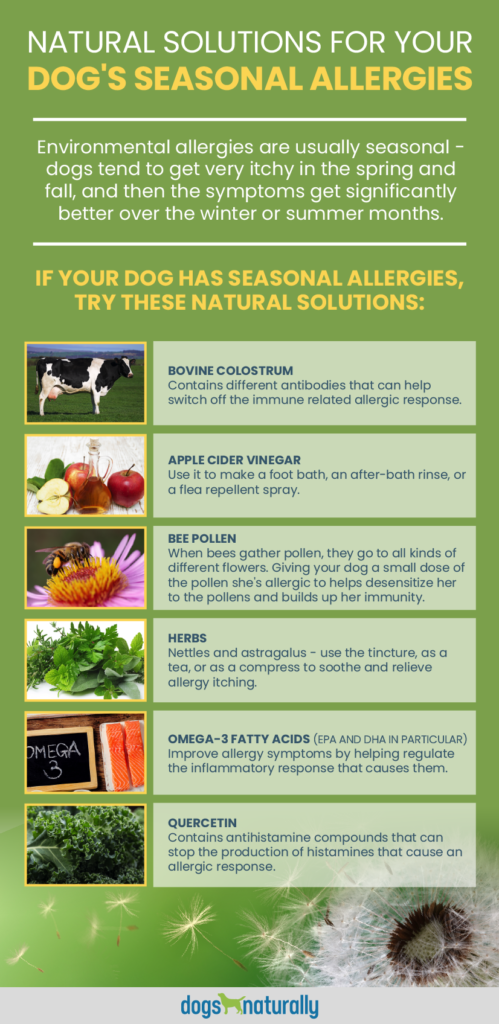
Atopic dermatitis is an allergic skin reaction caused by environmental factors such as pollen, mold, dust mites, and other airborne allergens. Giant breeds, with their larger surface area, may be more exposed to these allergens. Symptoms include intense itching, redness, and skin infections. Chronic cases can lead to thickened skin and hair loss.
Symptoms: Symptoms include itchy skin, especially around the paws, face, and ears, red and inflamed skin, and frequent ear infections.
Impact: Constant itching and scratching can lead to secondary skin infections. The discomfort can make dogs irritable and less playful.
3. Flea Allergies
Flea allergy dermatitis is an allergic reaction to flea bites, specifically to the flea’s saliva. It’s one of the most common allergies in dogs and can cause severe itching, redness, and inflammation. For giant breeds, the irritation can be widespread and lead to excessive scratching, which can cause skin wounds and infections.
Symptoms: Severe itching, hair loss, red and inflamed skin, and hotspots (areas of inflamed and infected skin).
Impact: The intense itching can lead to severe skin infections, and the discomfort can cause restlessness and anxiety in your dog.

4. Contact Allergies
Contact allergies are less common but can occur when a dog’s skin reacts to something it touches, such as bedding, flea collars, or shampoos. Symptoms include localized redness, itching, and hives. Due to their size, giant breeds may come into contact with more allergens in their environment.
Symptoms: Red, itchy, and inflamed skin at the contact points, often the paws, belly, and muzzle.
Impact: This type of allergy can lead to chronic skin issues and discomfort, affecting your dog’s overall well-being.
5. Inhalant Allergies

Inhalant allergies, or atopy, in dogs occur when the immune system overreacts to airborne allergens like pollen, dust mites, and mold spores. Symptoms include itching, licking, and scratching, often leading to skin infections.
Symptoms: Similar to environmental allergies, symptoms include itching, red and inflamed skin, and frequent sneezing or nasal discharge.
Impact: These allergies can lead to chronic skin problems and respiratory issues, making your dog uncomfortable and irritable.
6, Acute Allergic Reactions
Acute allergic reactions in dogs occur when the immune system responds aggressively to allergens like insect stings, certain foods, or medications. This can lead to a sudden onset of symptoms.
Symptoms: Symptoms include swelling, hives, vomiting, diarrhea, and difficulty breathing.
Impact: These reactions can be life-threatening and require immediate veterinary attention.
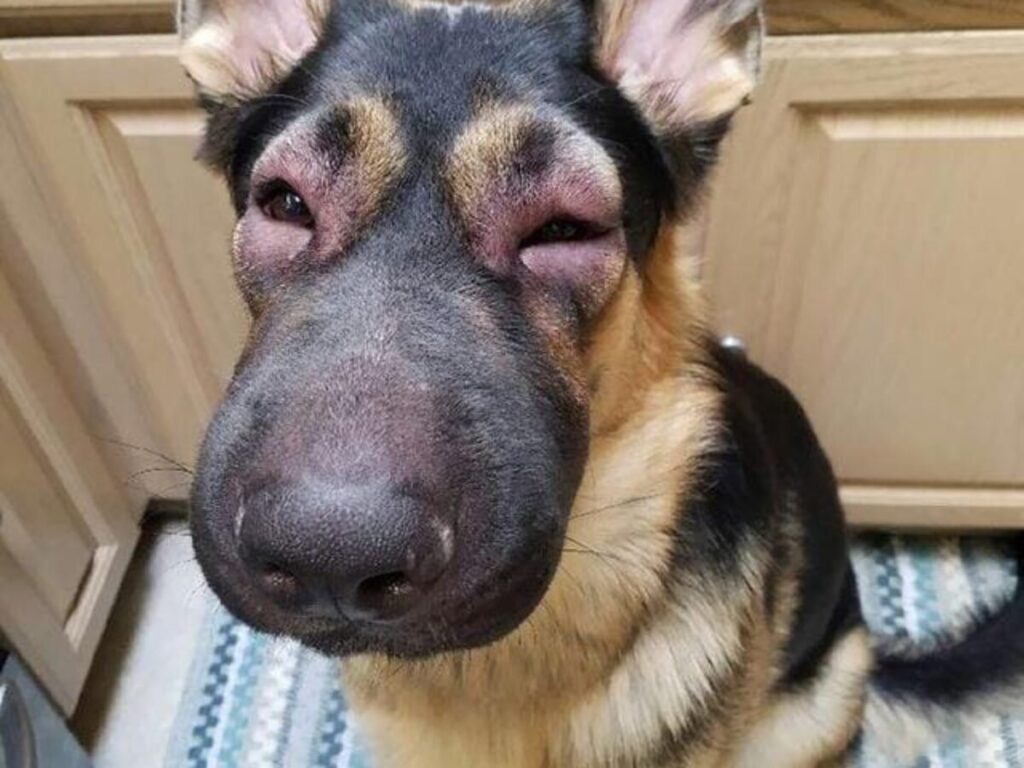
7, Medications
Medication reactions in dogs occur when their bodies respond negatively to drugs, including antibiotics, painkillers, and flea treatments. These reactions can range from mild to severe.
Symptoms: Symptoms include vomiting, diarrhea, lethargy, and difficulty breathing.
Impact: Severe reactions can lead to life-threatening conditions, requiring immediate veterinary intervention.
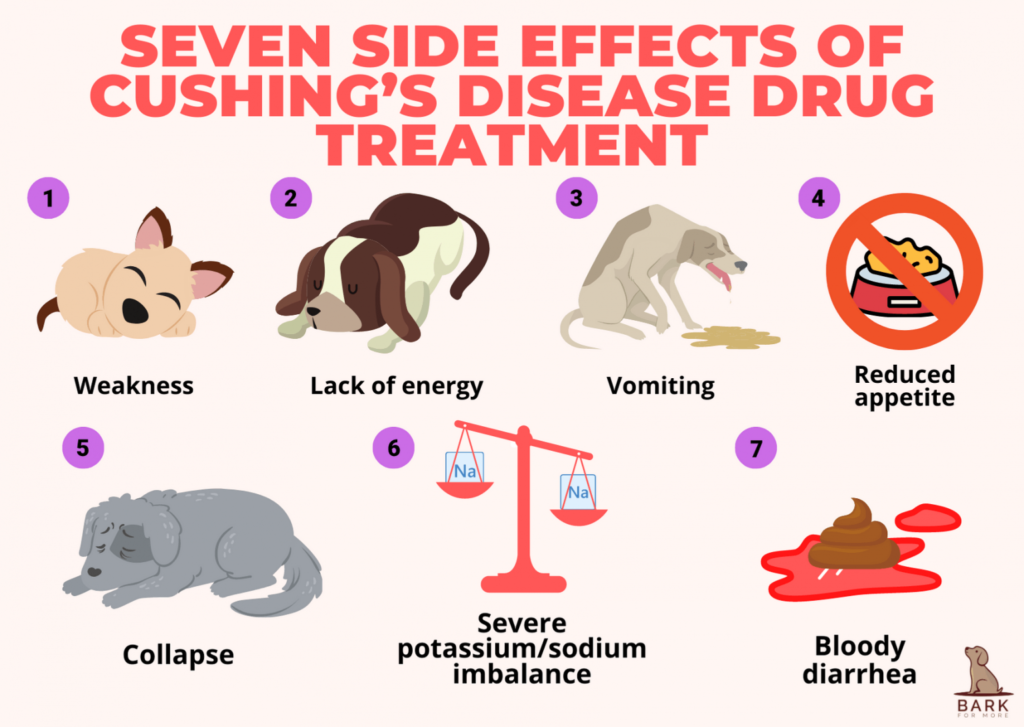
8, Insect Bites/Stings
Insect bites and stings reactions in dogs occur when their immune system responds to venom or allergens from insects like bees, wasps, and ants. These reactions can vary in severity.
Symptoms: Symptoms include swelling, redness, itching, and pain at the site of the bite or sting.
Impact: Severe reactions can lead to anaphylaxis, a life-threatening condition requiring immediate veterinary care.
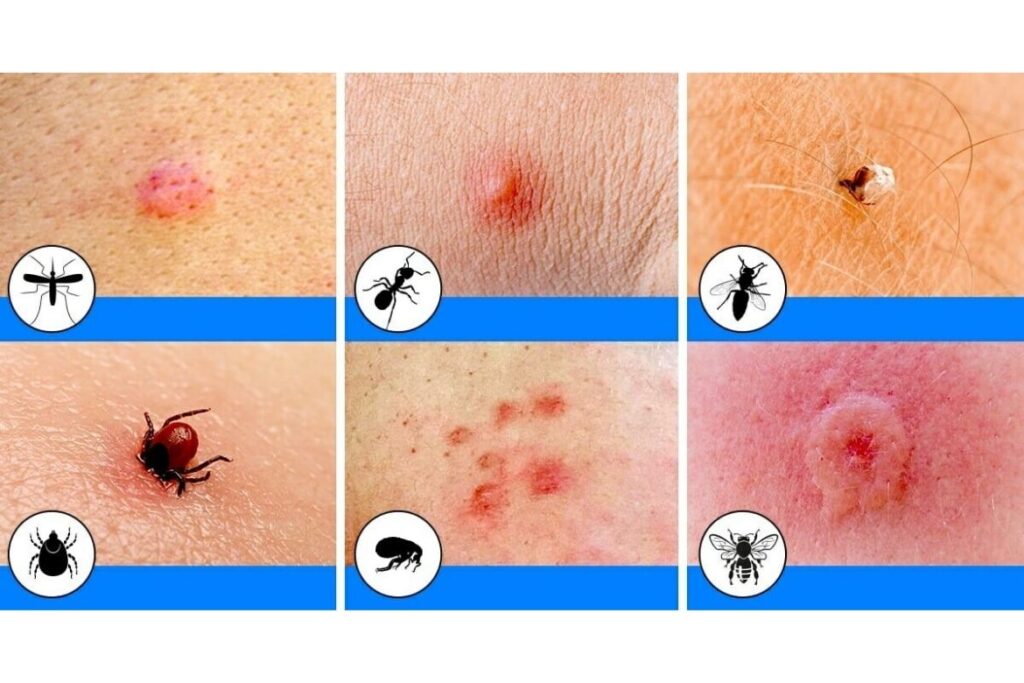
9, Household Chemicals
Household chemicals reactions in dogs occur when they come into contact with or ingest substances like cleaning agents, pesticides, or antifreeze. These chemicals can be toxic and cause various health issues.
Symptoms: Symptoms include drooling, vomiting, diarrhea, and difficulty breathing.
Impact: Severe reactions can lead to organ failure or death, necessitating immediate veterinary care.

10, Perfumes and Fragrances
Perfumes and fragrances reactions in dogs occur when they are exposed to scented products, which can contain chemicals that irritate their skin or respiratory system. These reactions can be mild or severe.
Symptoms: Symptoms include sneezing, coughing, itching, and skin redness.
Impact: Severe reactions can lead to respiratory distress, requiring immediate veterinary care.
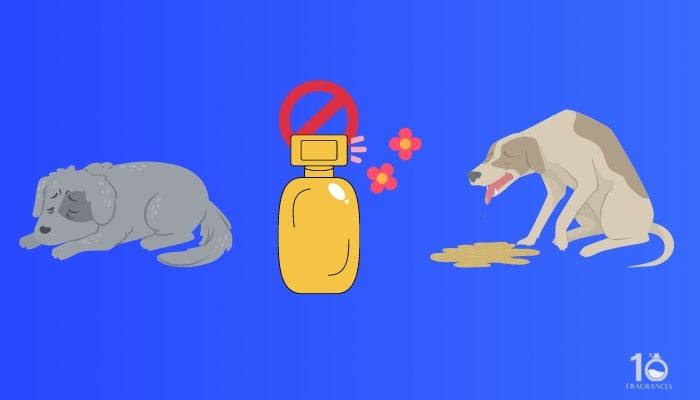
11, Certain Plants
Certain plants reactions in dogs occur when they come into contact with or ingest plants that contain allergens or toxins. These reactions can cause mild to severe health issues.
Symptoms: Symptoms include itching, swelling, vomiting, and diarrhea.
Impact: Severe reactions can lead to organ failure or death, requiring immediate veterinary care.
Examples: Common plants that cause allergic reactions in dogs include ragweed, cedar, oak, and chrysanthemums123.
Managing allergies in giant breed dogs involves identifying the allergen through elimination diets or allergy testing, and then avoiding the allergen or desensitizing the dog to it. Treatment may include antihistamines, corticosteroids, special shampoos, or immunotherapy. It’s crucial to work with a veterinarian to develop a treatment plan tailored to your giant breed dog’s specific needs. Remember, early detection and treatment of allergies can prevent discomfort and more severe health issues for your gentle giant. If you suspect your dog has an allergy, consult your vet for the best course of action. Your giant breed dog relies on you for its health and happiness, so stay vigilant and proactive about their care.
